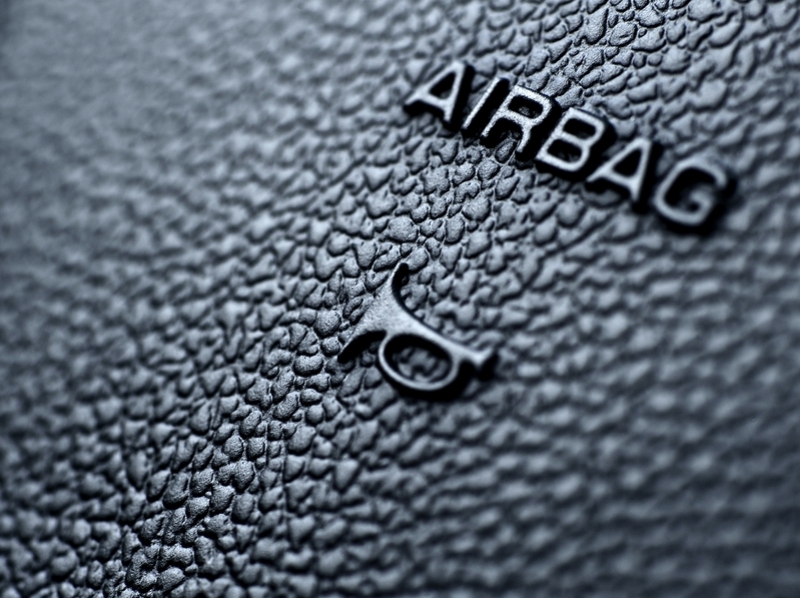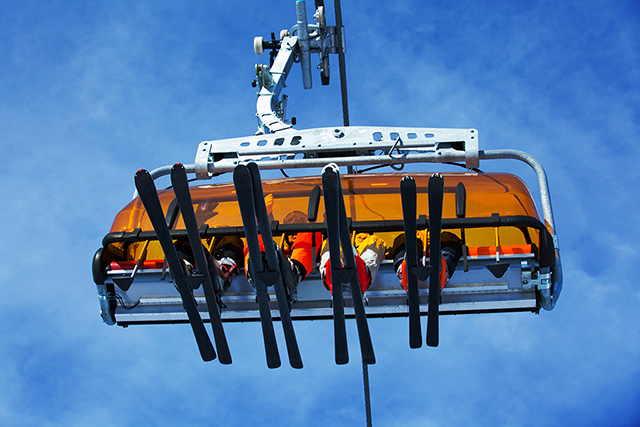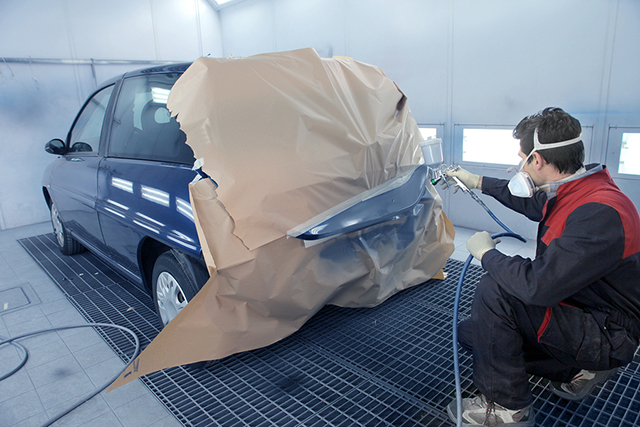When you want to dress up your vehicle, car stickers is one of the best ways to do it. It’s much cheaper than getting a custom paint job but they can still get you just as many compliments. Using these, car wraps and decals give you the freedom to express yourself in a stylish and creative way, which is why they’re steadily growing in popularity every year. Absolutesignsolutions.com.au offers custom stickers Sydney that are high quality, weather resistant and very affordable.
They can be safely installed on any smooth surface and removed at anytime without causing damage to the vehicle. This makes them the most flexible way to dress up your vehicle accessible today. It’s also one of the reasons why they’re used to advertise businesses along with the products and services they sell. You can easily change an address, phone number or any other information when needed.

Car stickers can be placed anywhere on your vehicle or motorcycle including the glass and wheels. As long as it’s a smooth, clean surface they can be installed easily. With so many different stickers to choose from, your options are virtually limitless.
Types of Car Stickers
Car stickers are designed in a number of different shapes, sizes and colors. There is something available for most everyone regardless of what kind of personality you have. To give you an idea of some of the options available, you’ll find some of the different choices listed below:
- Pin stripes
- Racing stripes
- Flames
- Animals
- Names
- Slogans
- Patriotic designs
- Advertisements
- Expressional designs
There are many different designs to be found in each one of the categories listed above and then you always have the option of making your own custom designed sticker. Even though car stickers were designed for cars, trucks and motorcycles, they can be used on any flat, smooth surface. Therefore, many people have found a number of different creative ways to use them.
Car Sticker Quality
When buying vehicle stickers, one of the most important things that you need to be concerned with is the quality of the product. This is especially true when you’re dealing with large car stickers and car wraps. You’ll be investing a lot of time and effort into designing your vehicle the way you want it so, naturally you expect it to last for a very long time.
The most popular stickers sold today are the ones made from a high performance vinyl material with an adhesive backing. The designs for these stickers are computer cut for accuracy. This type of cut also makes it possible to create intricate details in the designs. These are some of the reasons why the vinyl vehicle stickers are the most popular choice and a great investment.
To learn more about car stickers and how they can help you customize your vehicle, visit Stickercity.com for more information.
Article Source: http://EzineArticles.com/expert/Lisa_A_Mason/86287
Article Source: http://EzineArticles.com/5837924

